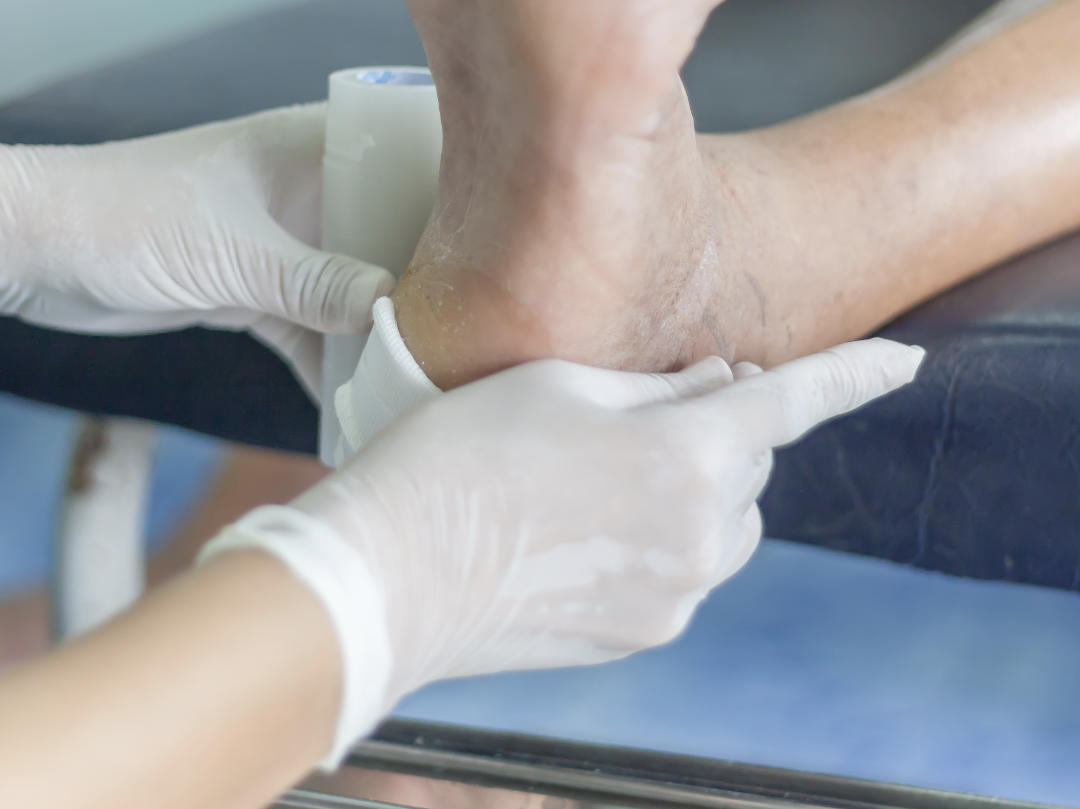Diabetes is one of the conditions that if neglected or ignored can have a catastrophic effect of the feet. Amputations, gangrene, and painful neuropathy are all too common in the diabetic foot. Diabetic patients are at a higher risk of developing ulcers because they can have problems with their blood supply and their nerves may not be functioning correctly. This means that if a diabetic patient were to stand on a piece of glass, they may be unaware of the damage this has done to the soles of their feet. If this damage remains undetected then this can develop into a serious infection, which can go down as deep as the bone.
When this happens, it is known as Osteomyelitis and this will always require immediate antibiotics.
Just because you have diabetes it does not necessarily mean that you will always go onto develop an ulcer. An ulcer ultimately only develops because all the warning signs and symptoms were ignored. If you have a bunion, flat feet, or any toe deformity it does put you at higher risk of developing a foot ulcer because your foot deformity will cause rubbing inside of the footwear resulting in the production of hard skin. This hard skin looks harmless, but it acts as a pressure point on the underlying foot structure. If this hard skin is reduced regularly then you have successfully dealt with the problem before it gets a chance to develop further. However, if this hard skin is allowed to grow then it will cause a break in the skin underneath which can very quickly progress to an ulcer.
By simply taking some precautions these can all be avoided. Basic footcare and checks are easy to do and only takes a few minutes each day.
Visit our diabetic foot care advice and diabetic foot ulcers pages if you would like to read more and if you’re having diabetic foot problems, book an appointment with us today.








